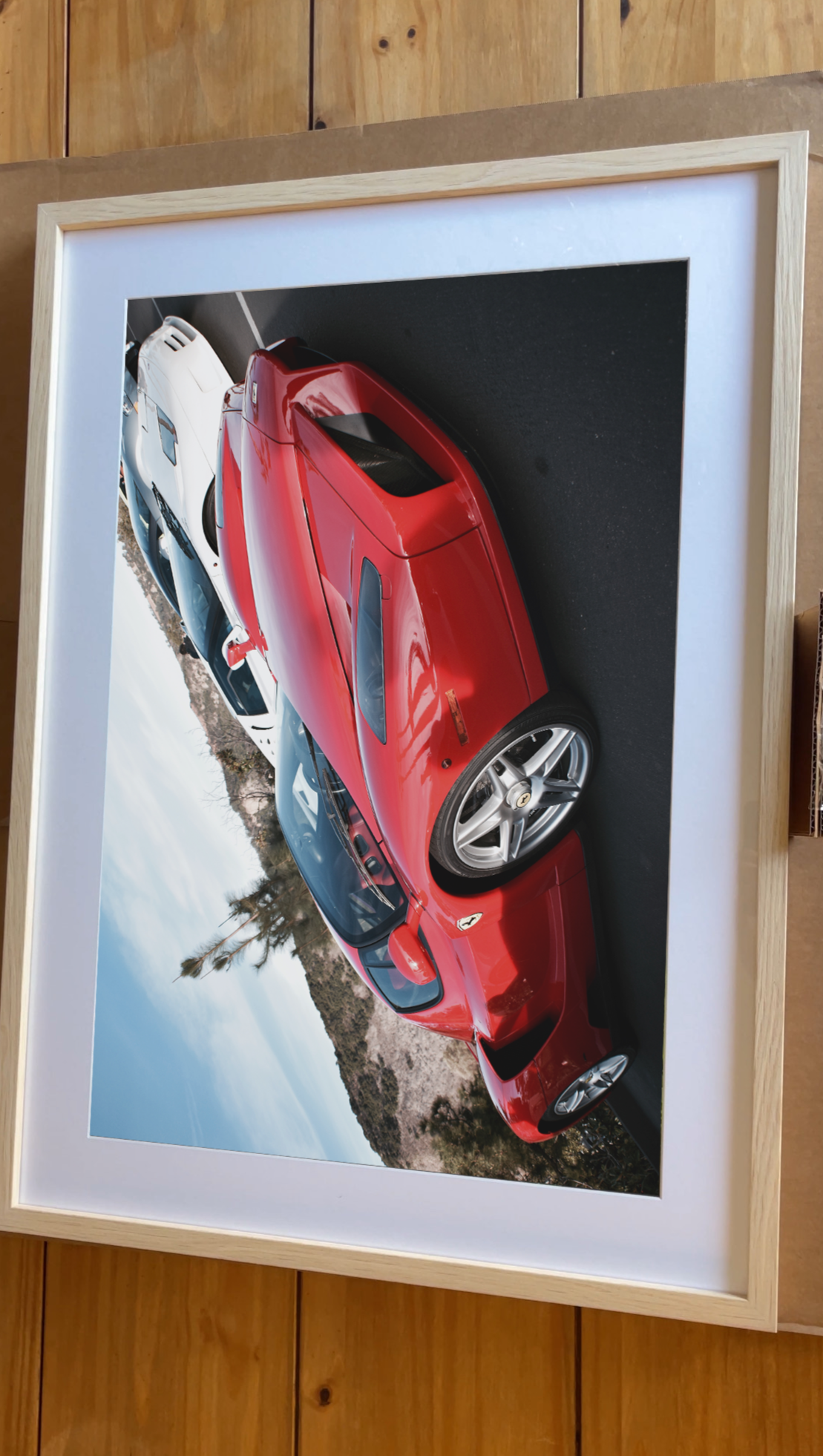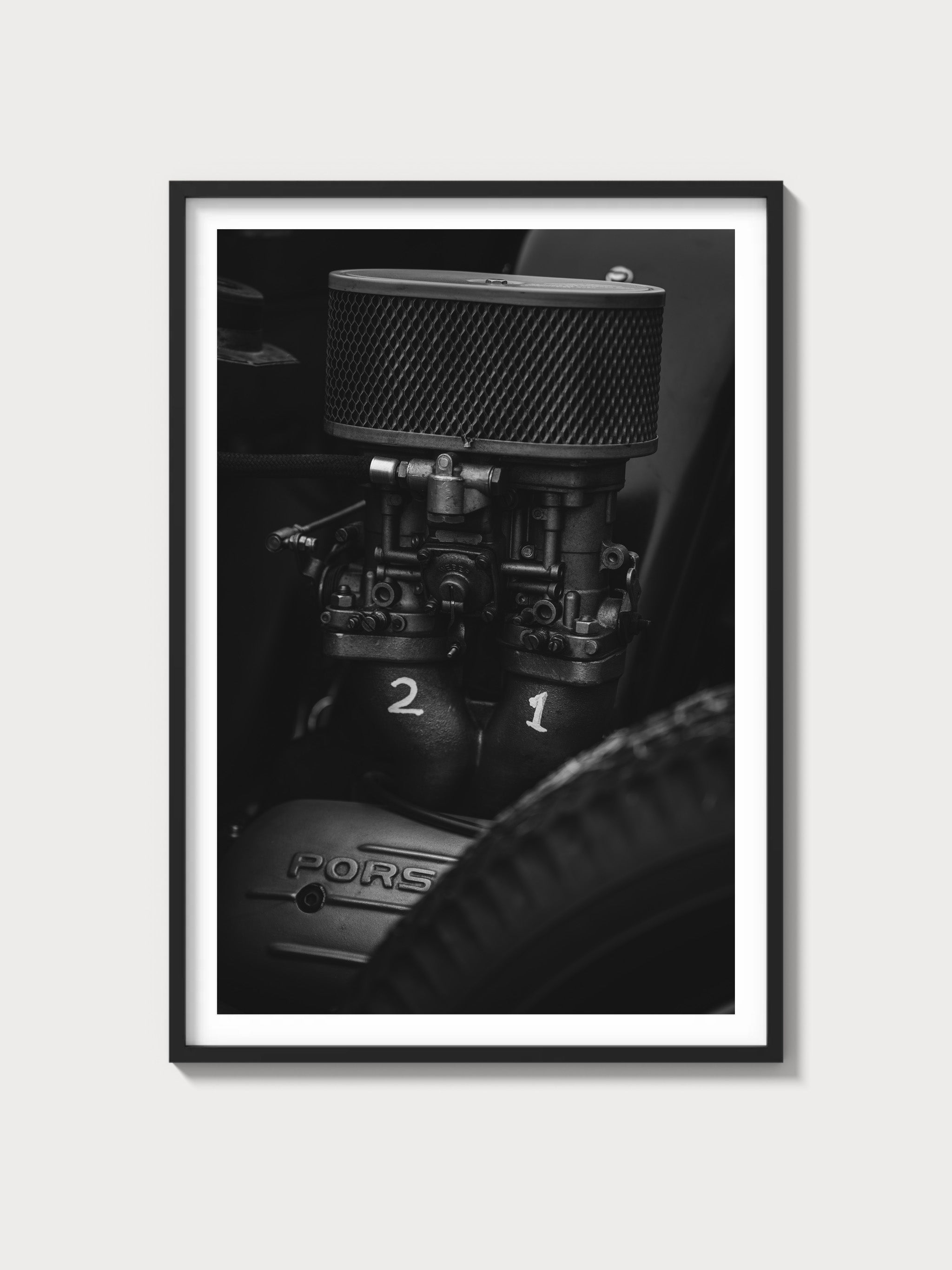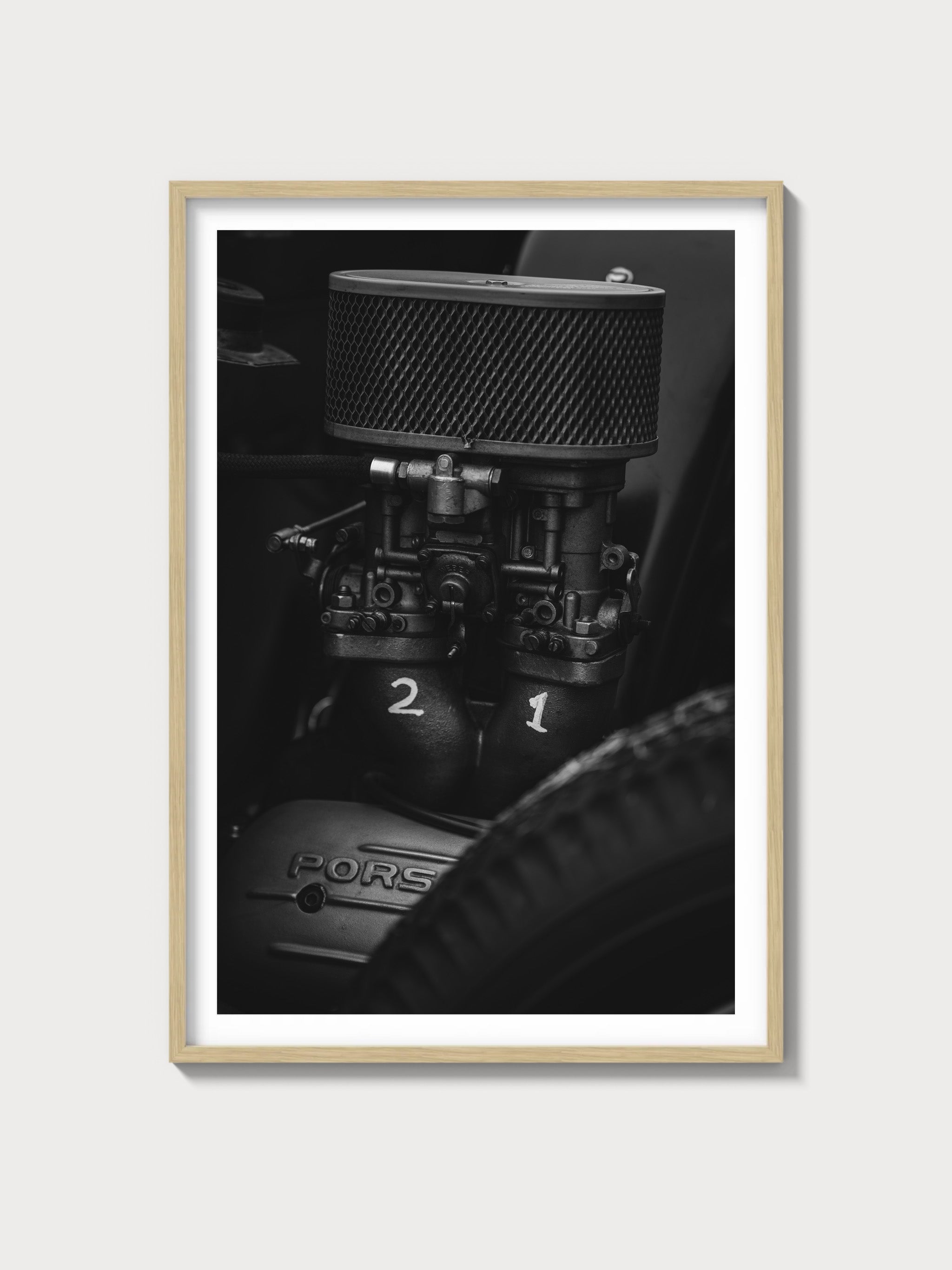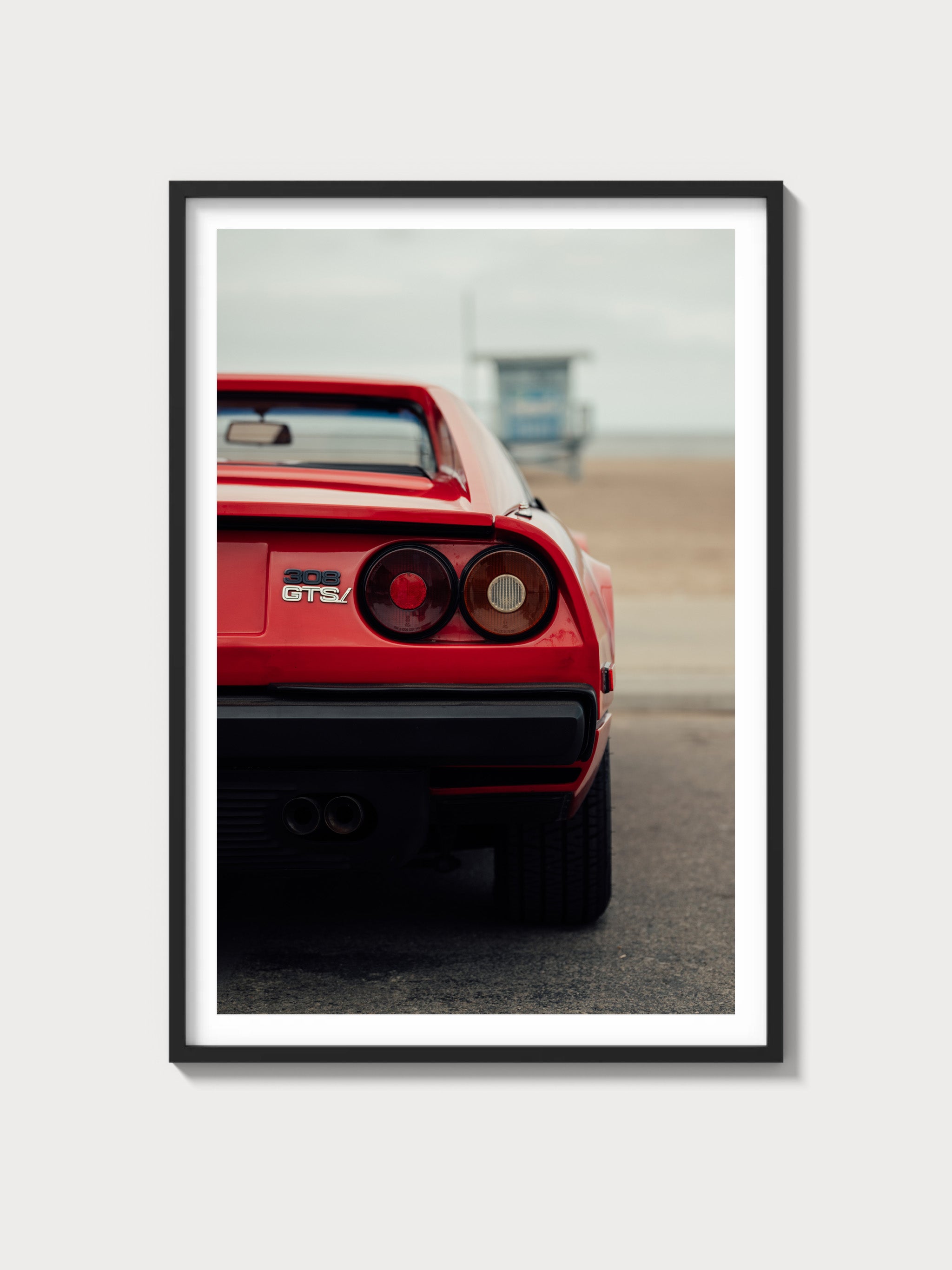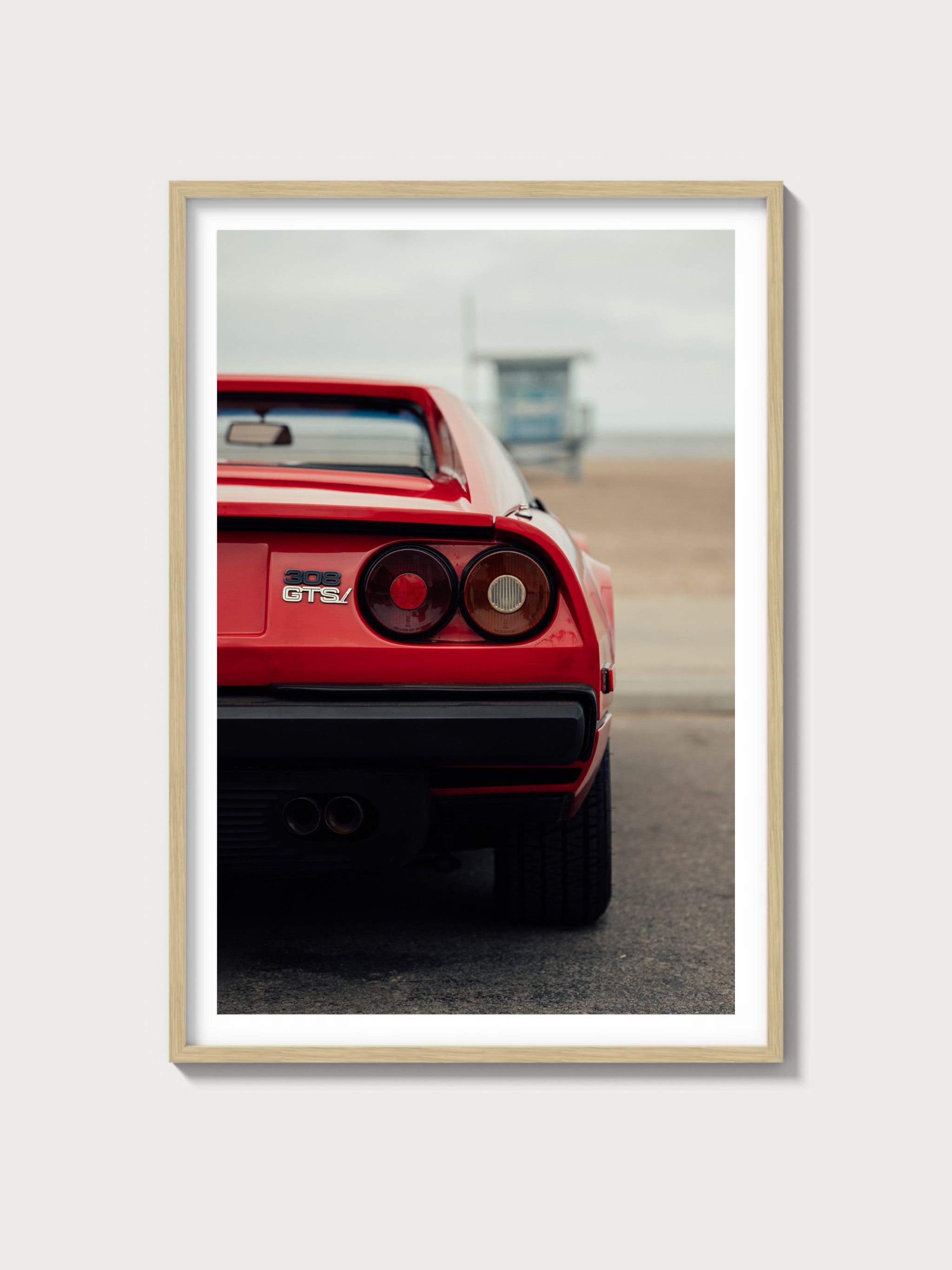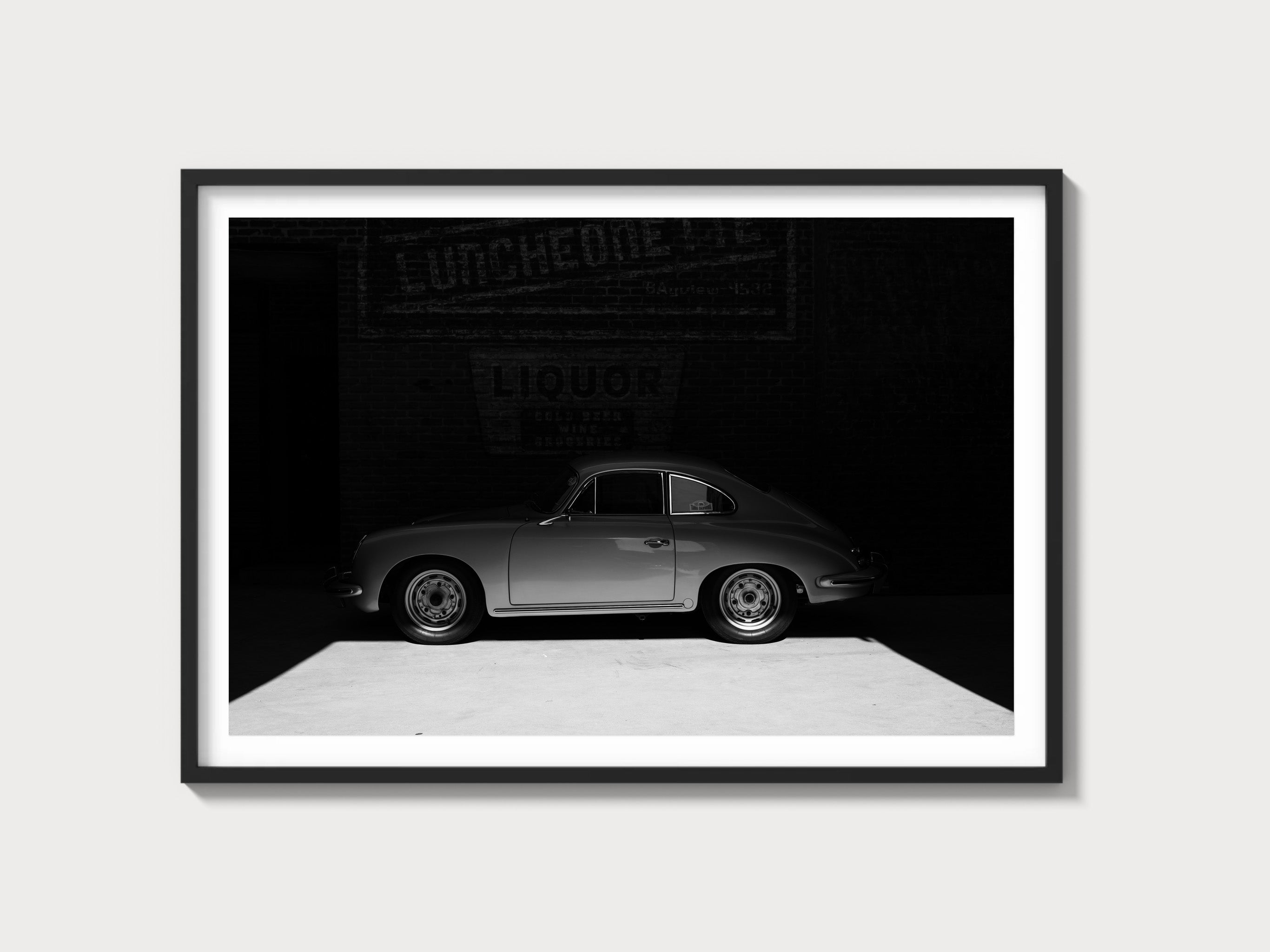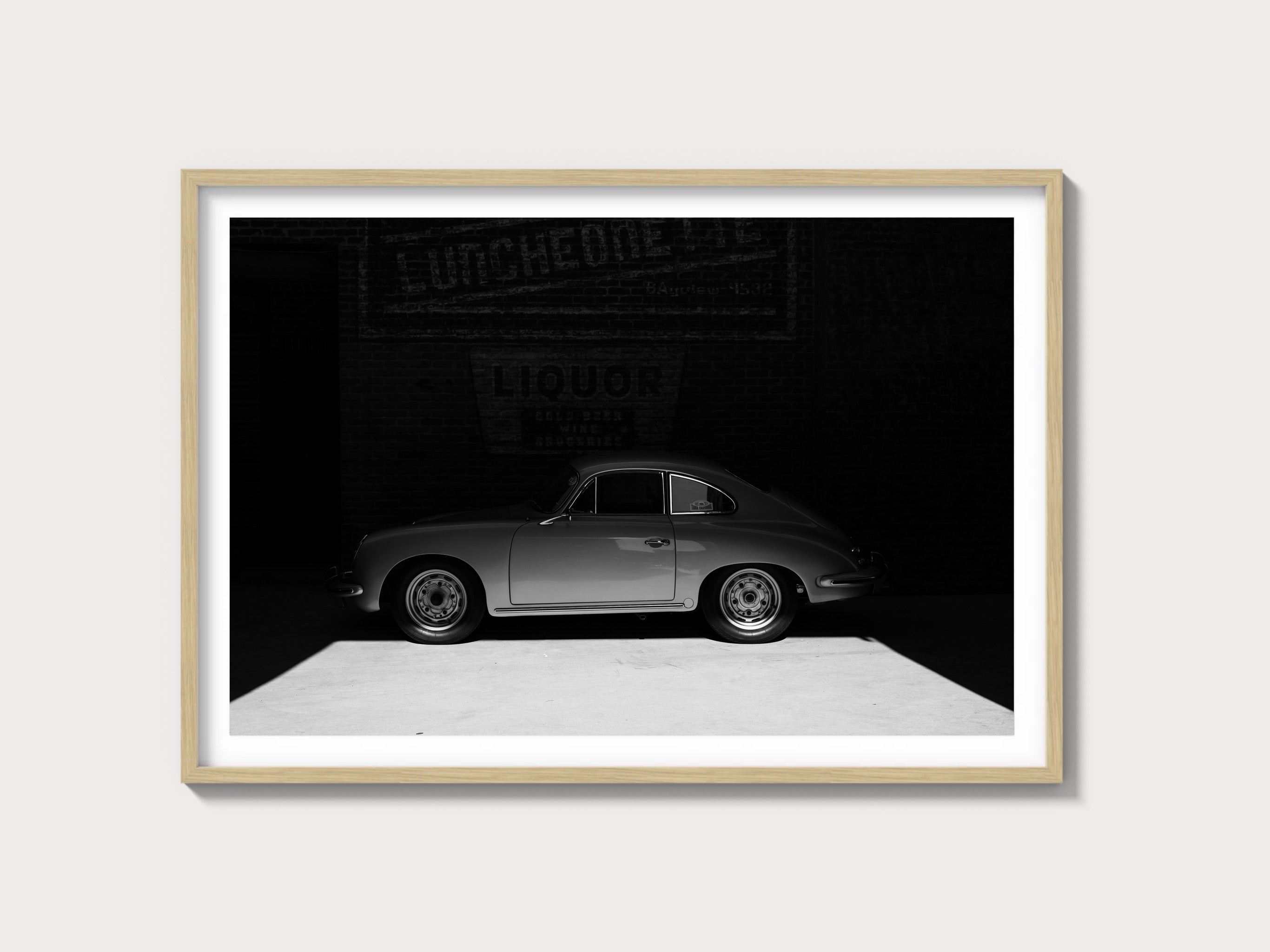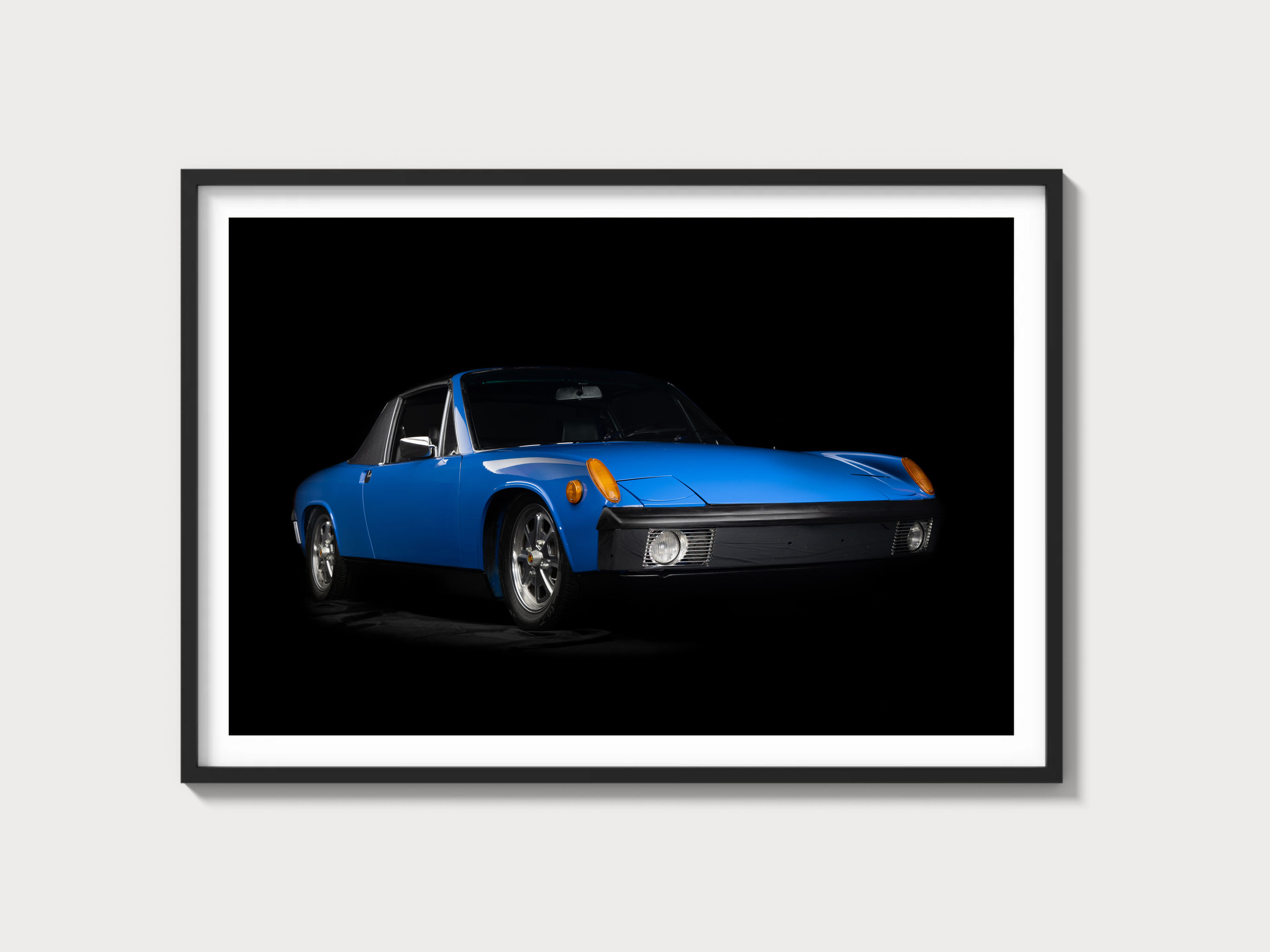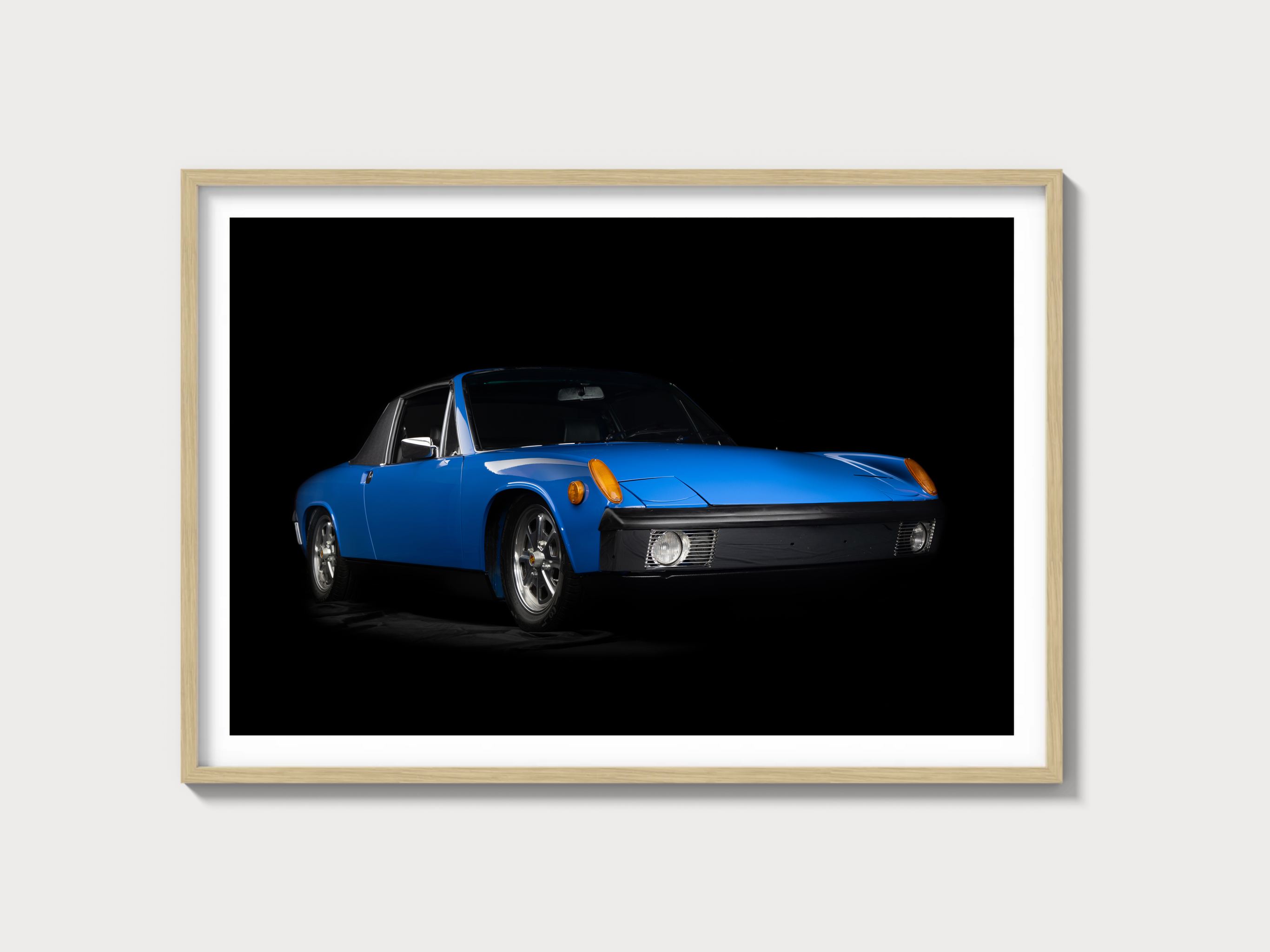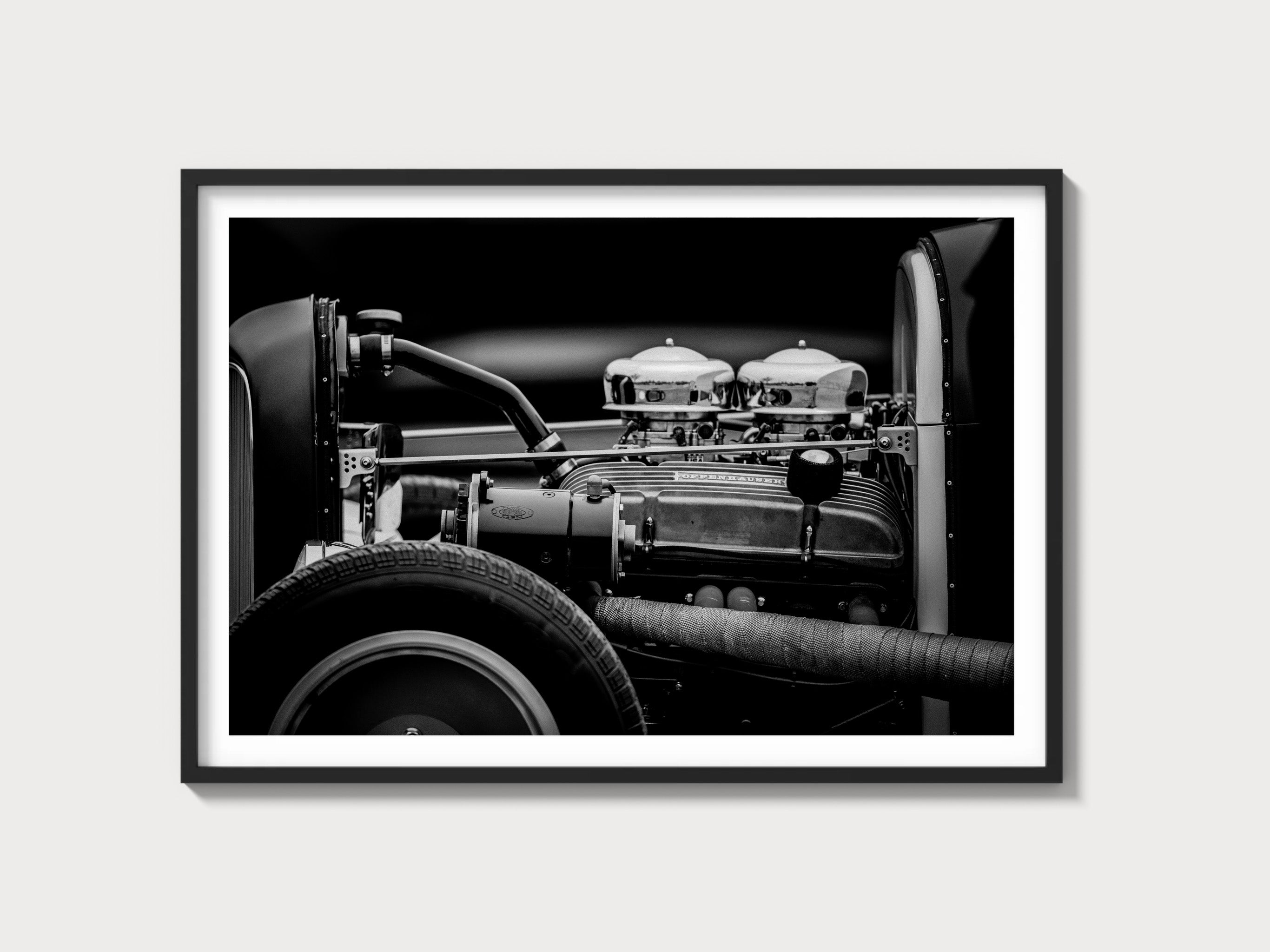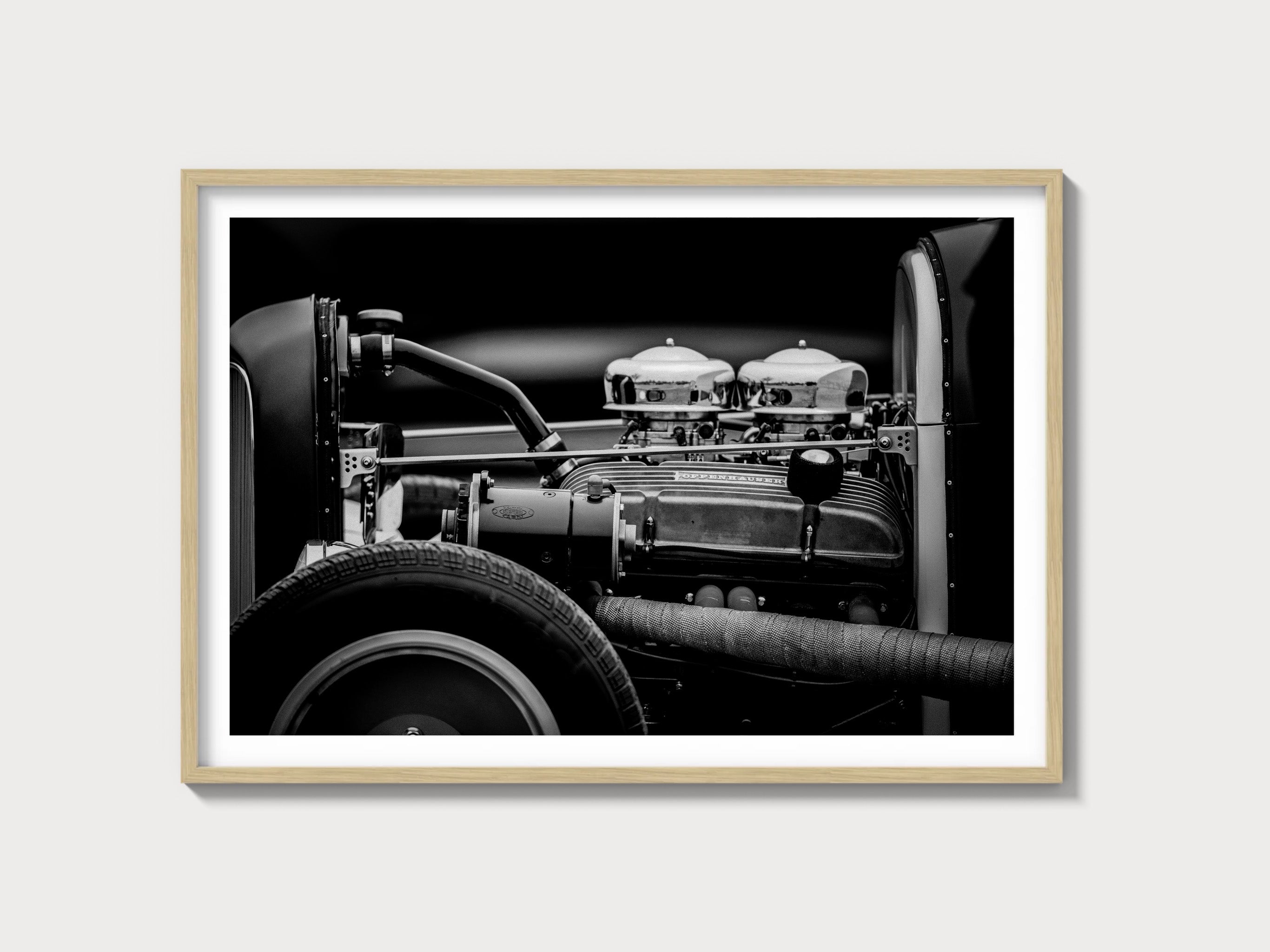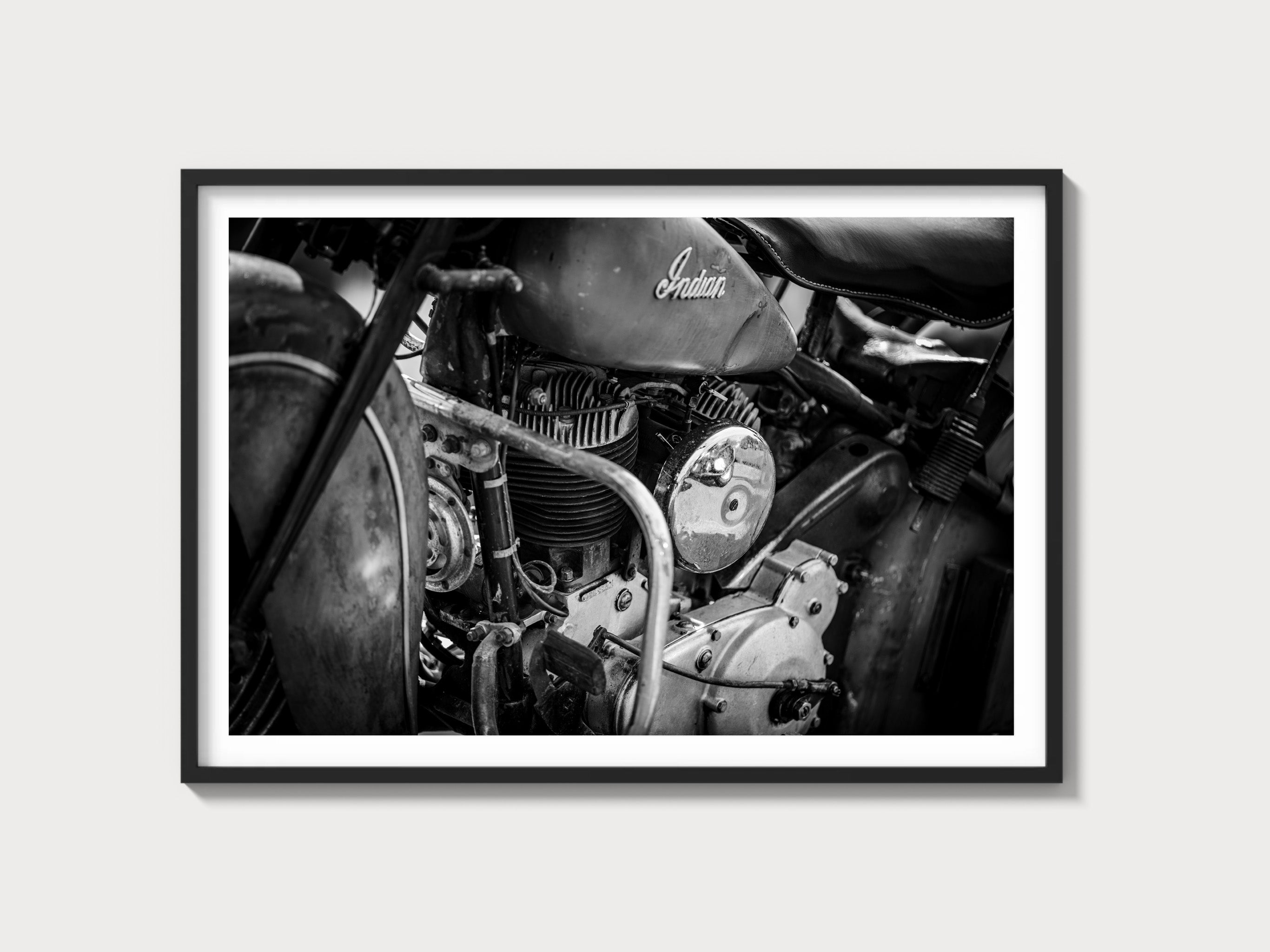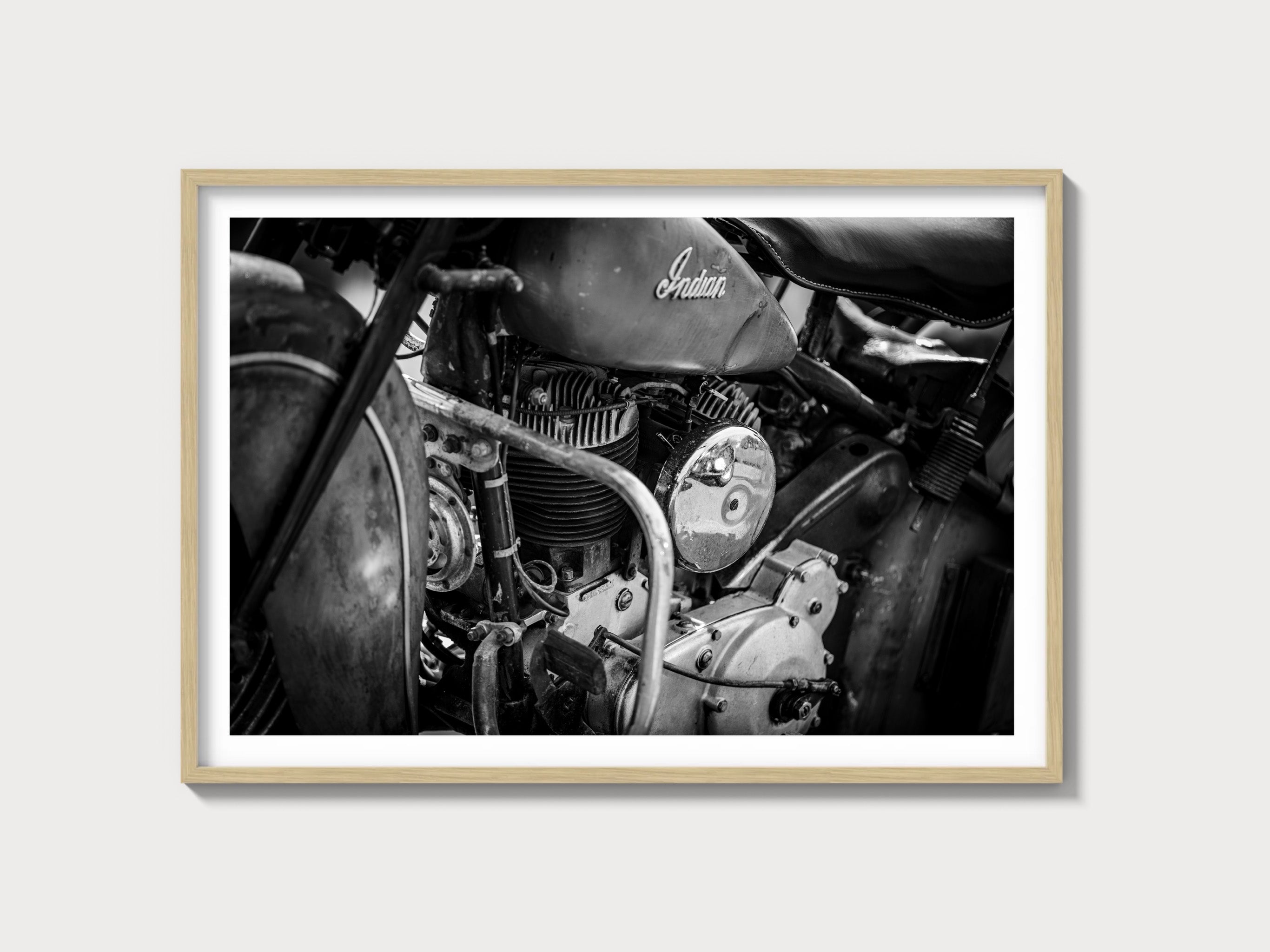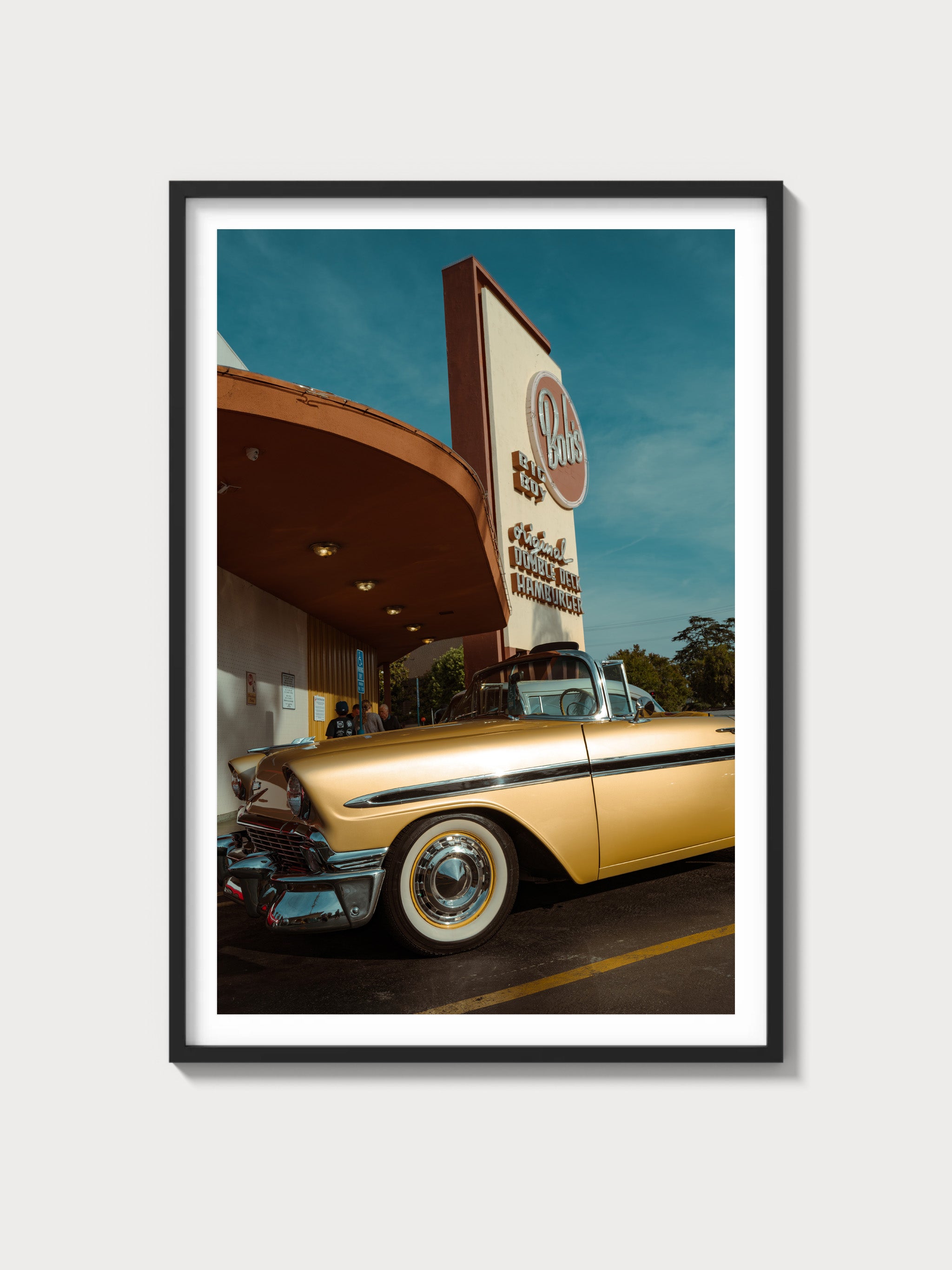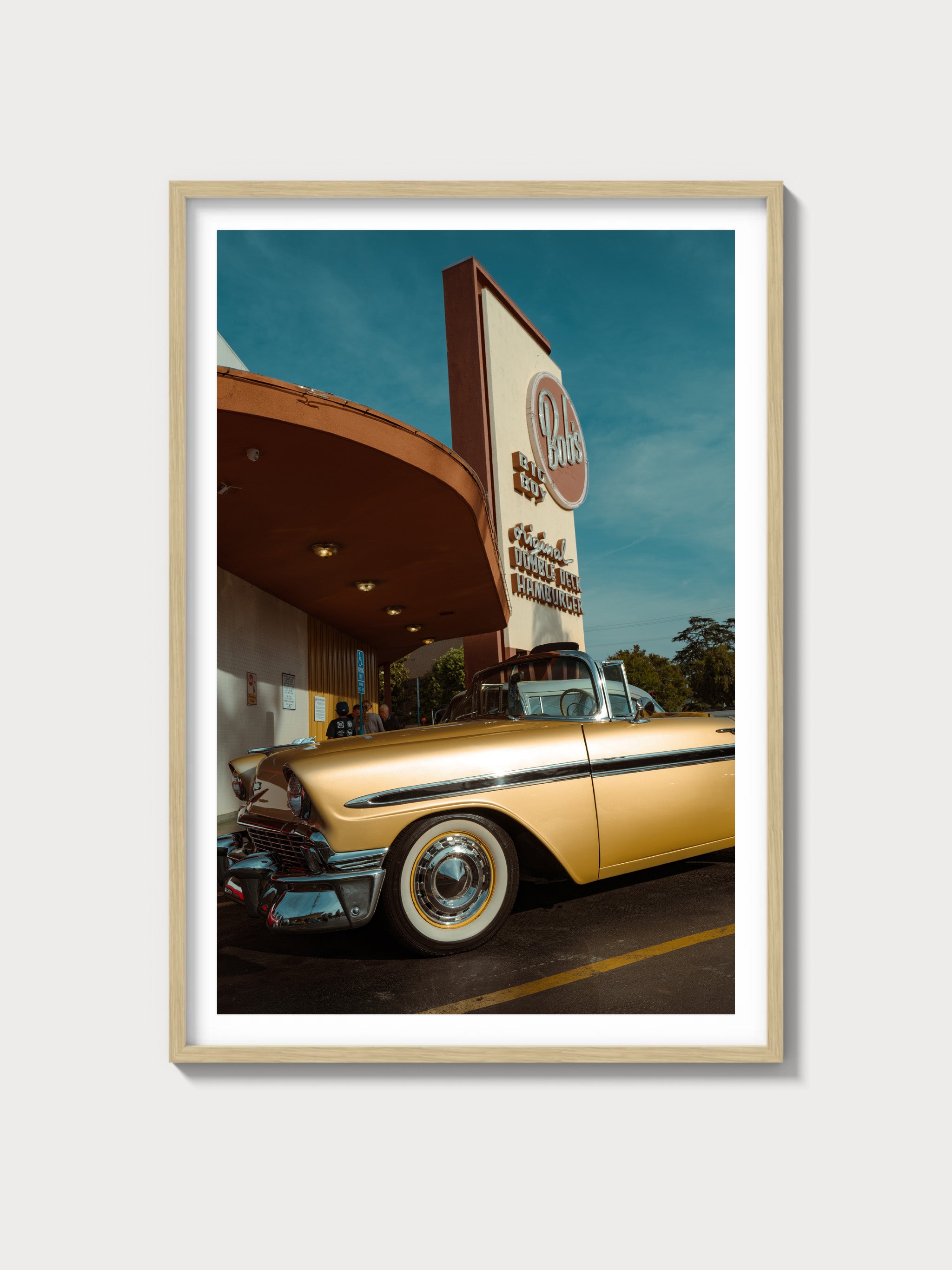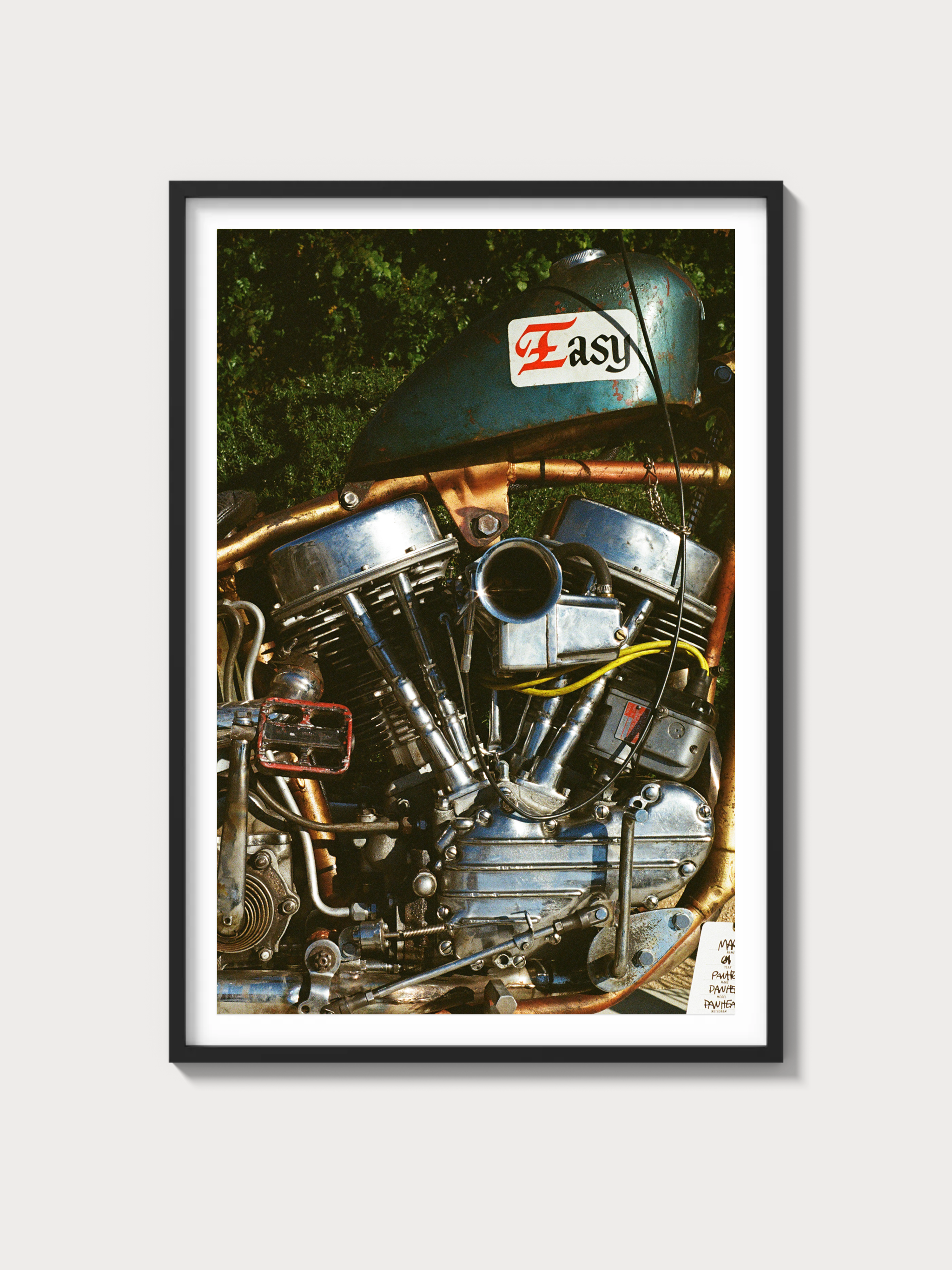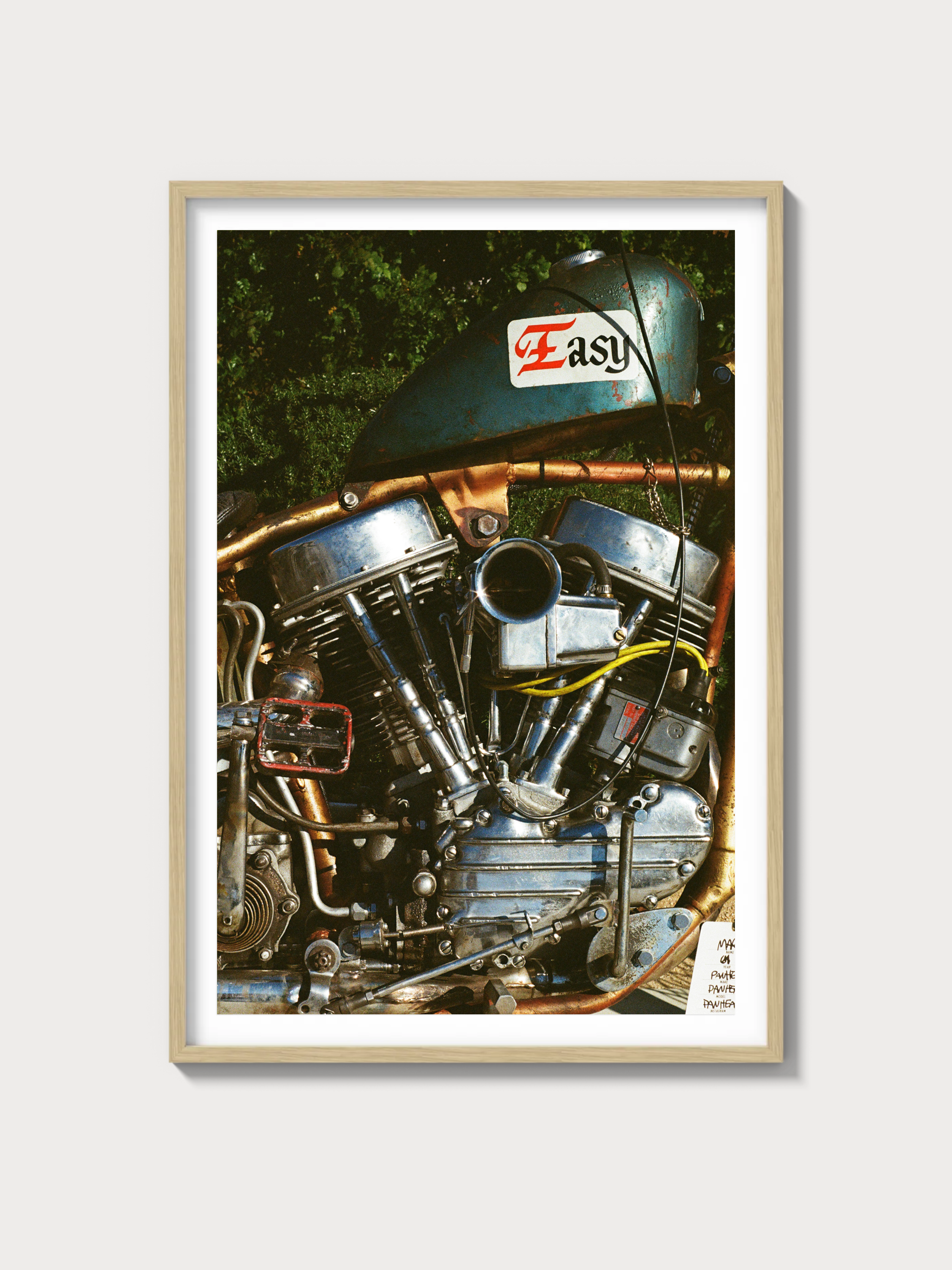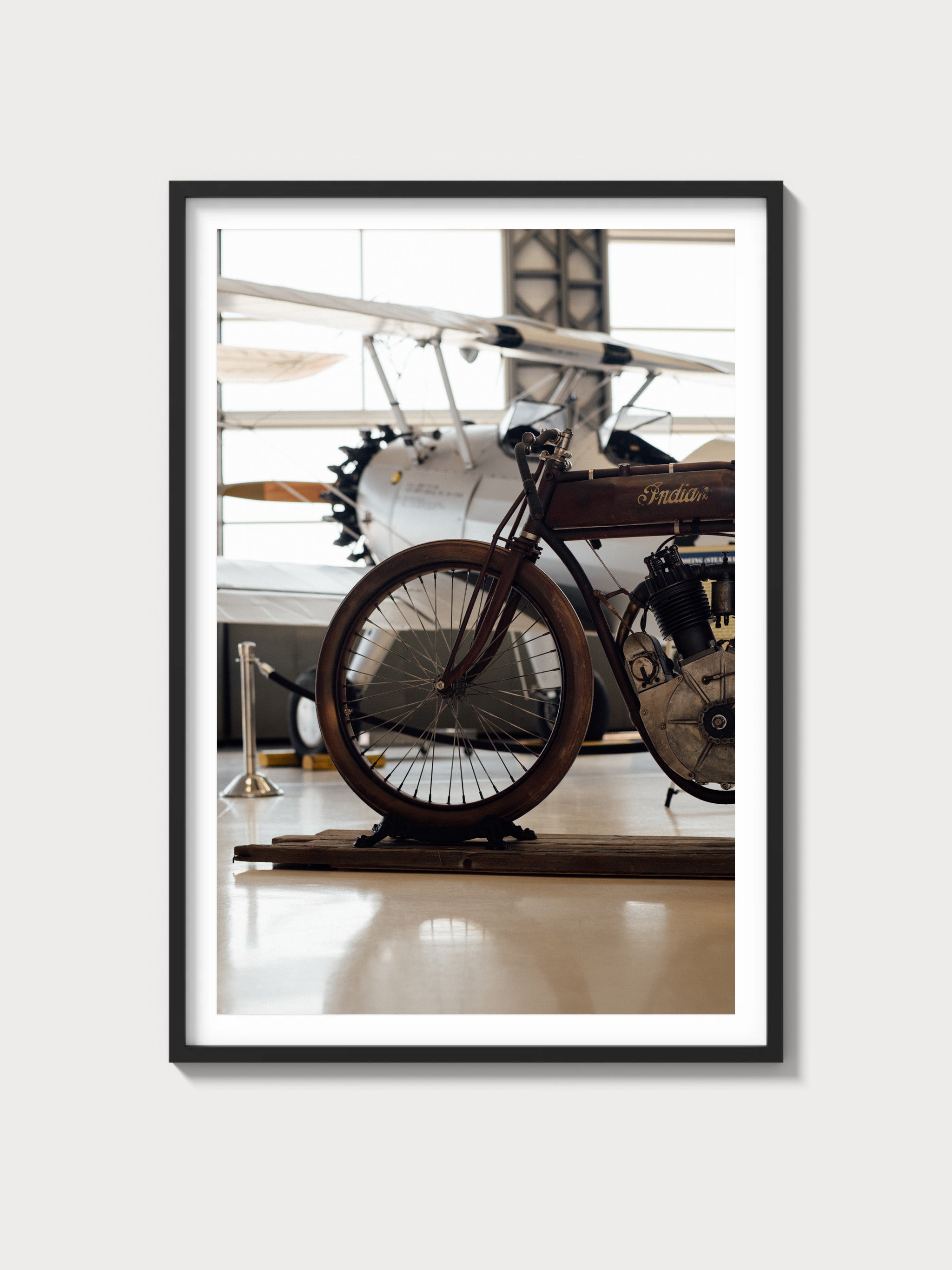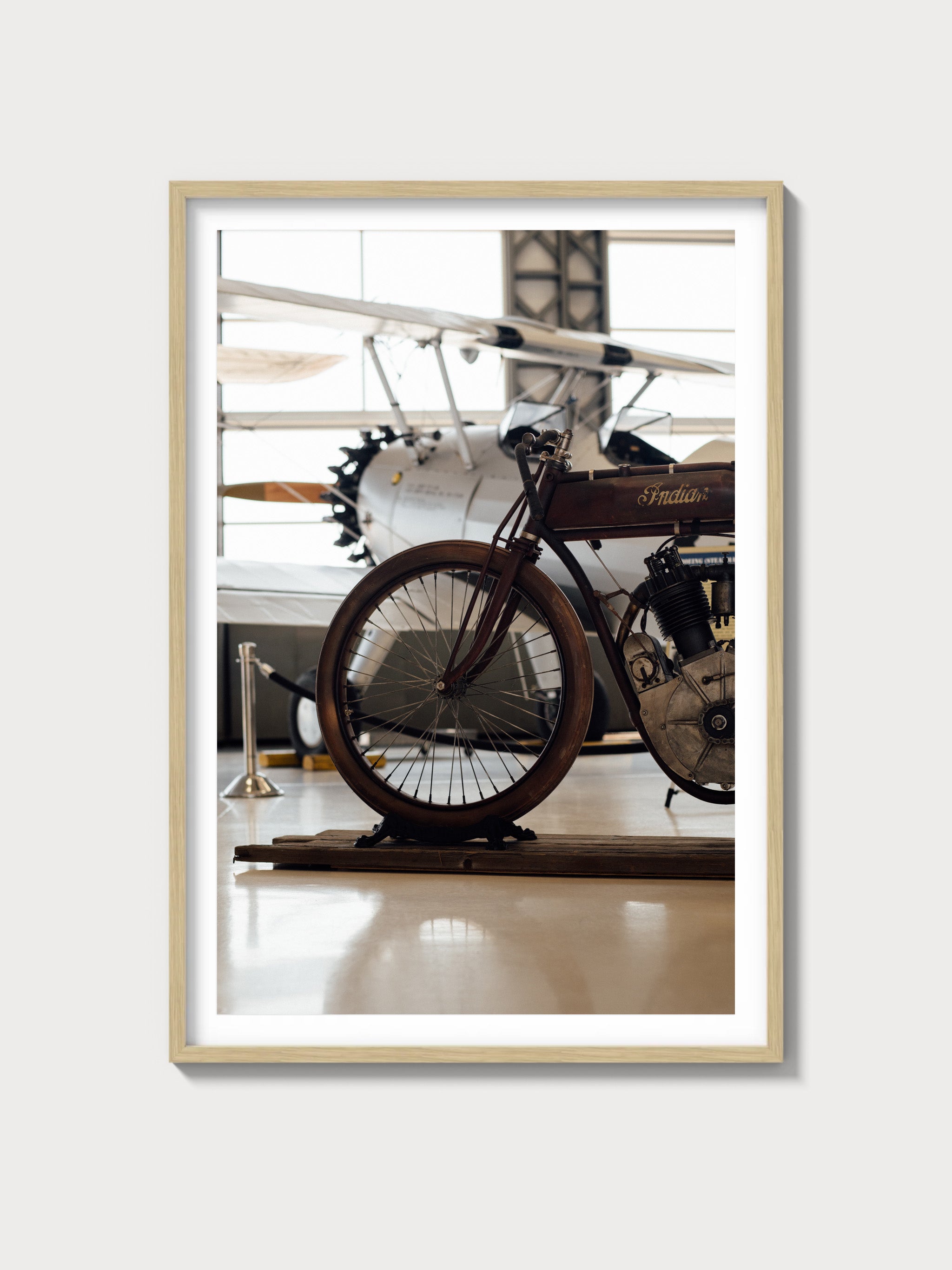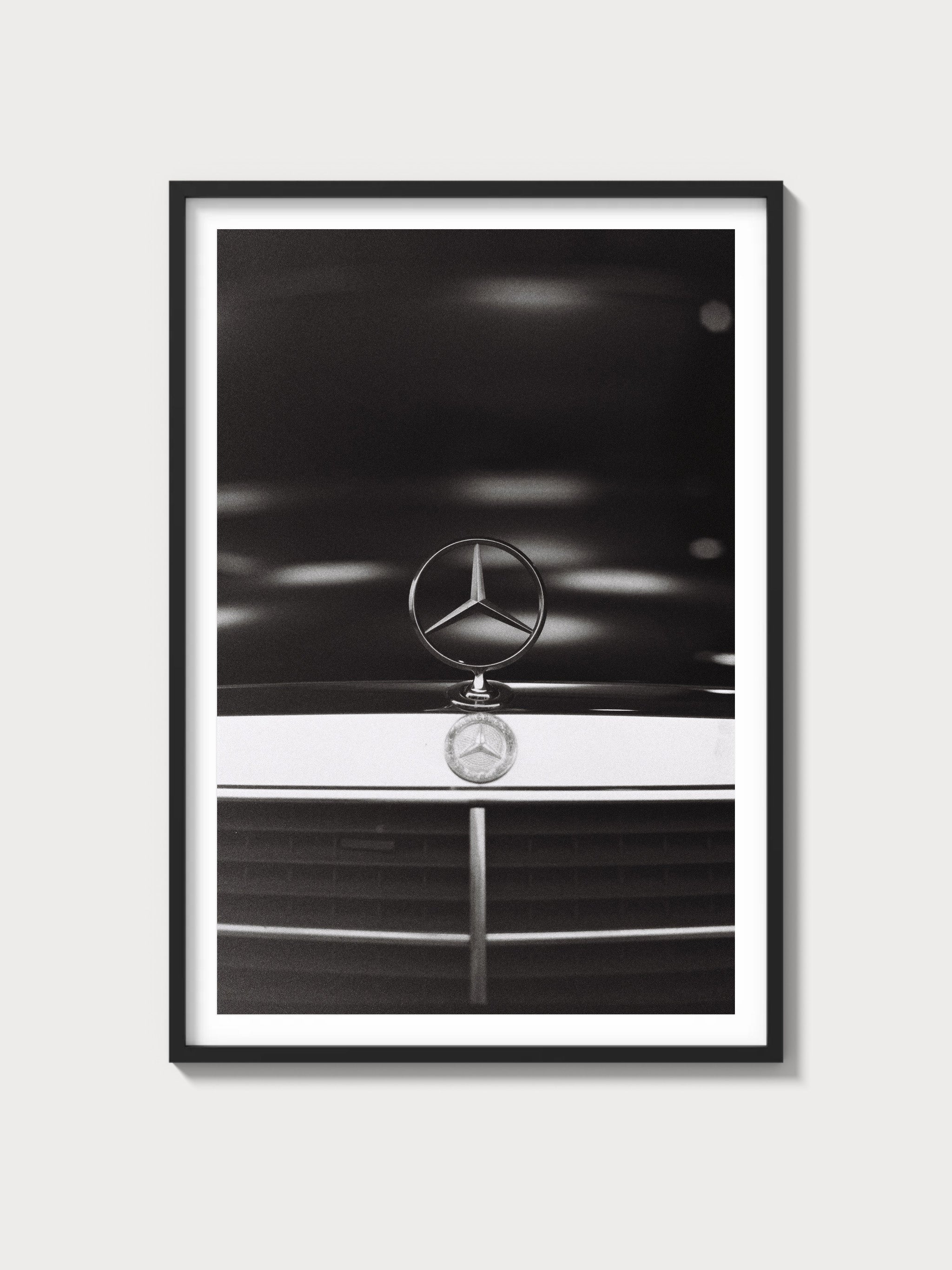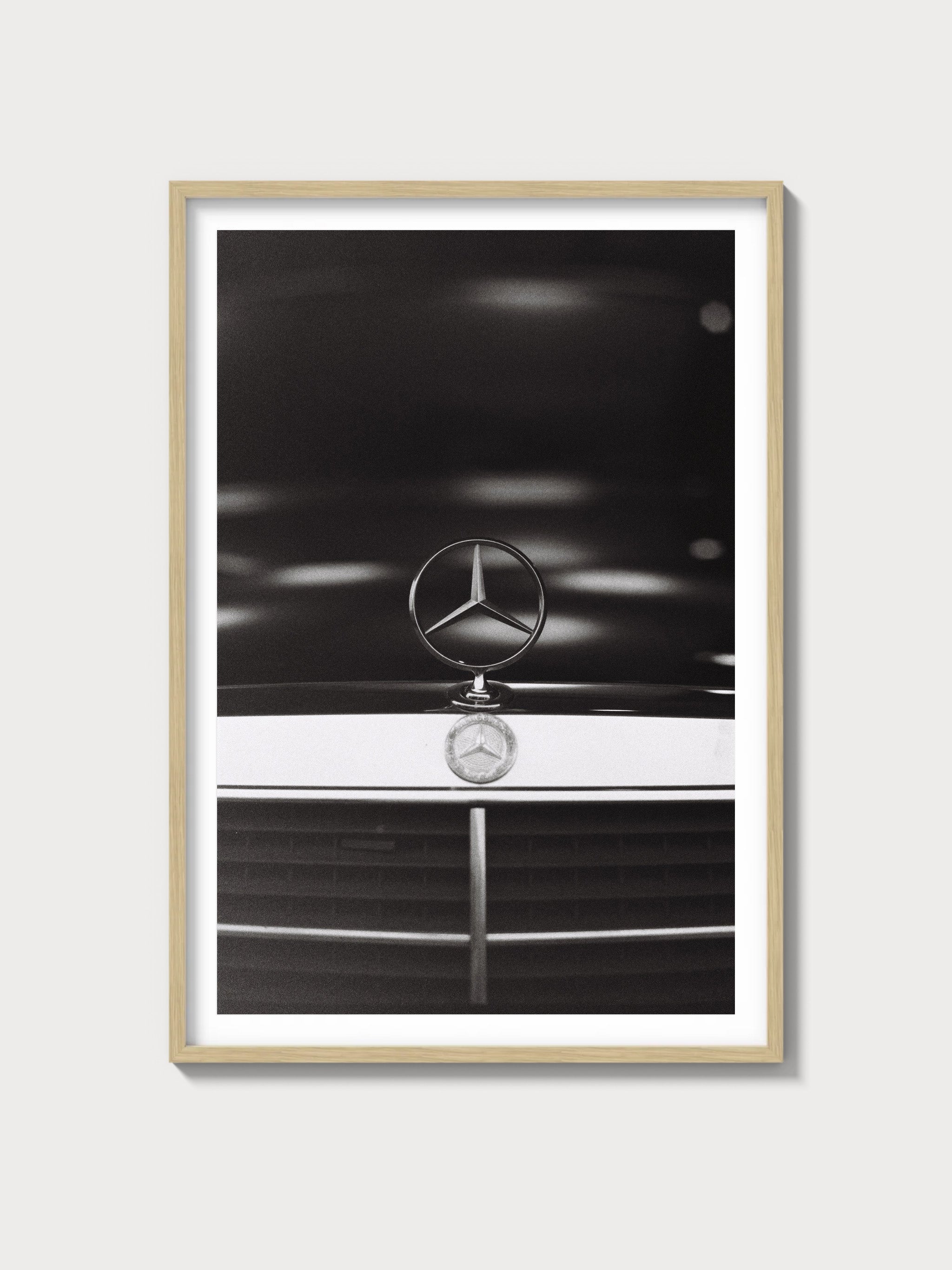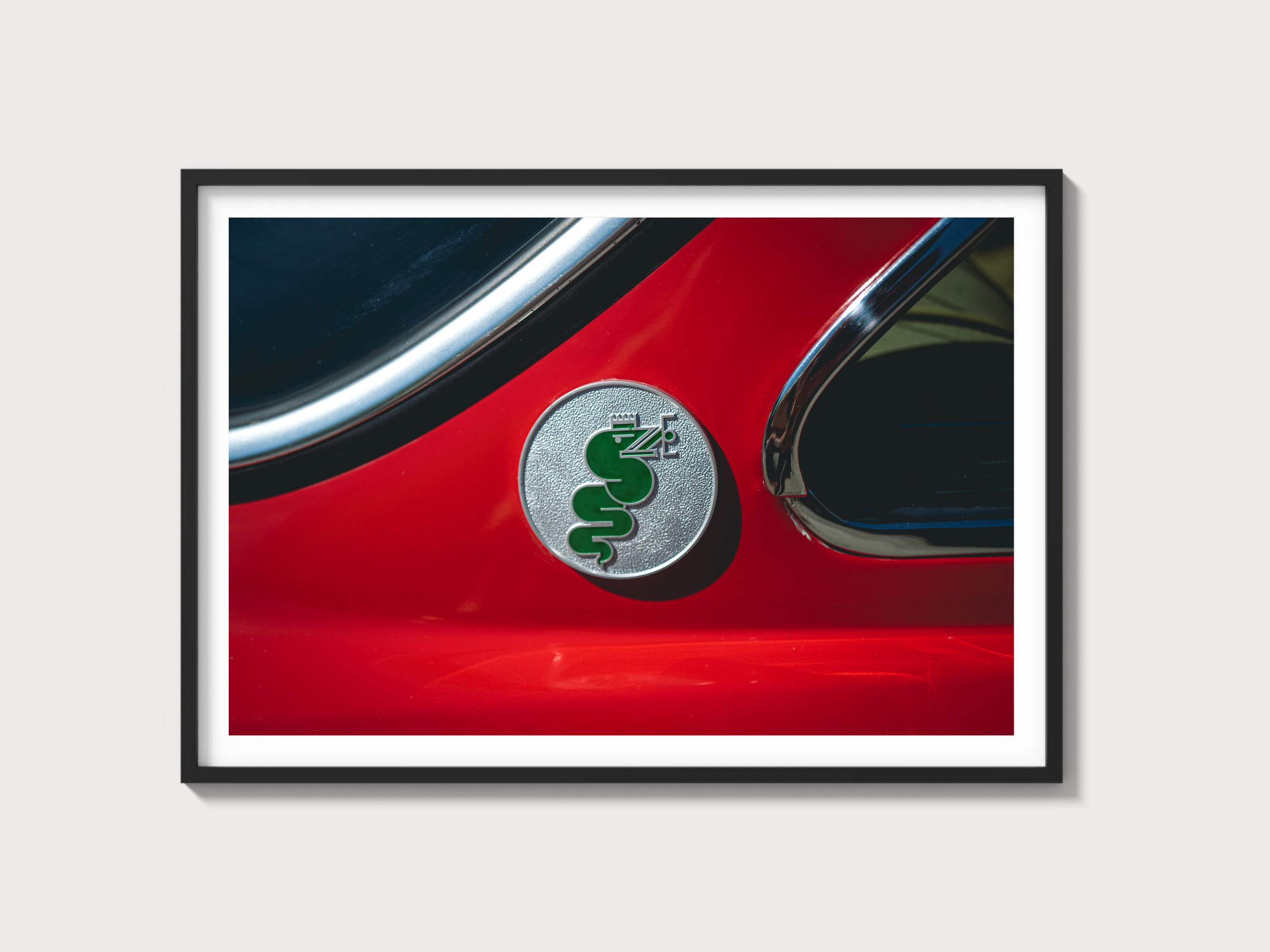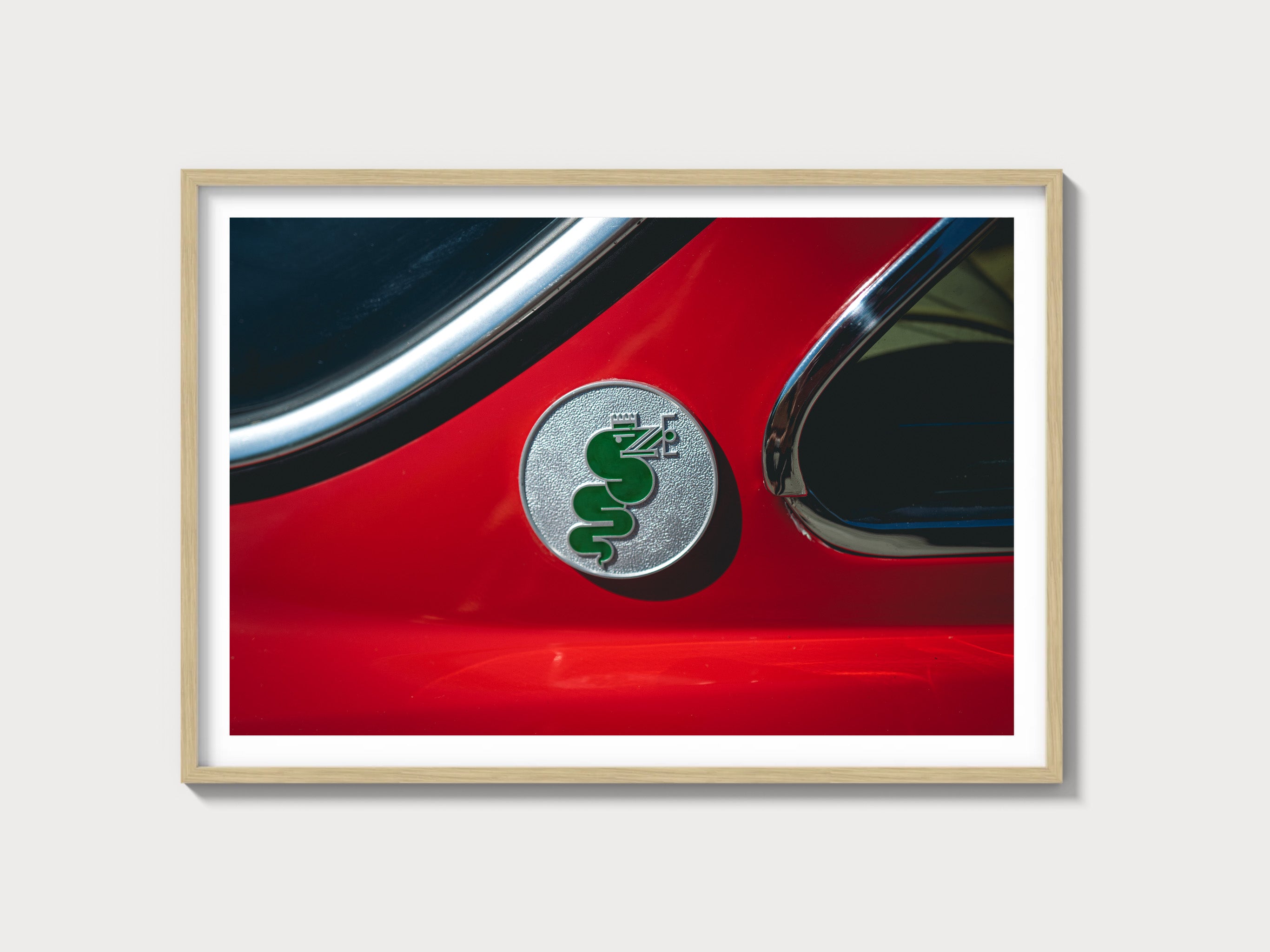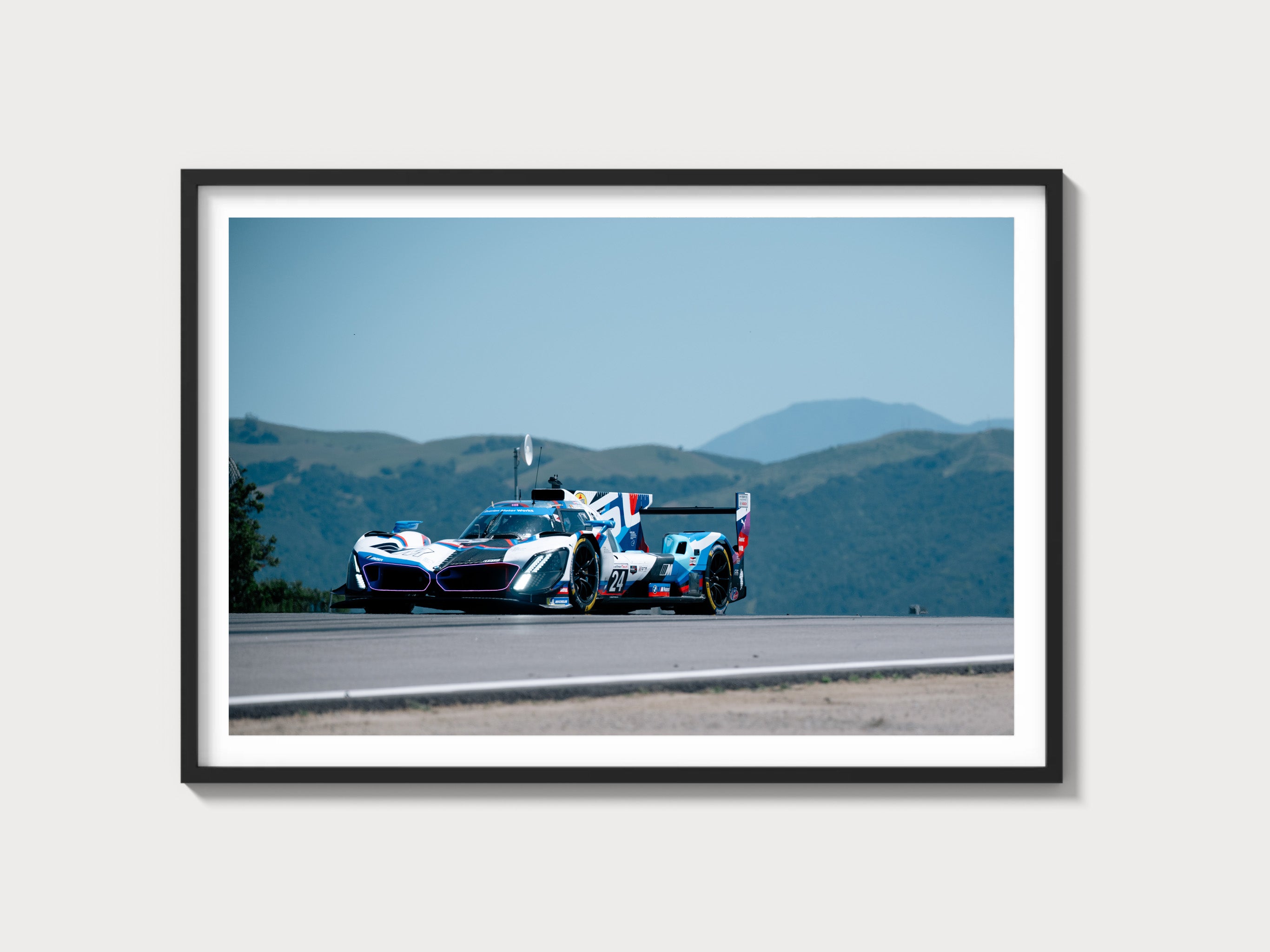1953–1962 Chevrolet Corvette: Pioneering the American Sports Car
Historical Context and Development Background
The Chevrolet Corvette, introduced in 1953, marked a revolutionary step for American automotive design, driven by the visionary efforts of General Motors under the direction of Harley Earl. The Corvette debuted as a concept at the GM Motorama and quickly transitioned into production, aiming to compete with European sports cars like the Jaguar XK120 and the MG TD. The early years of the Corvette were instrumental in shaping its identity, with initial models featuring a fiberglass body—a first for American production cars—emphasizing lightweight performance.
Engine and Technical Specifications
| Specification | Details |
|---|---|
| Engine Configuration | Inline-6, V8 |
| Displacement | 235.5 cu in (Inline-6), 283 cu in (V8) |
| Horsepower | 150 hp - 360 hp |
| Induction Type | Carbureted |
| Redline | 5,000 RPM |
| Fuel System | Single or dual carburetors |
| Compression | 8.0:1 - 11.0:1 |
| Bore/Stroke | 3.56 x 3.94 in (V8) |
Driving Experience and Handling Dynamics
The C1 Corvette offered an engaging driving experience, characterized by its responsive steering and a suspension system that included independent front suspension with a solid axle at the rear. The Corvette's handling was further enhanced by its lightweight fiberglass body. The introduction of the V8 engine in 1955 transformed the Corvette's performance, providing a significant boost in power and agility. The 3-speed manual gearbox, later upgraded to a 4-speed, offered precise gear changes that were a delight for enthusiasts.
Full Performance Specifications
| Performance Metric | Details |
|---|---|
| 0-60 mph | 8.5 - 6.0 seconds |
| Top Speed | 110 - 150 mph |
| Quarter Mile | 16.3 - 14.2 seconds |
| Weight | 2,800 lbs |
| Layout | FR (Front-engine, rear-wheel drive) |
| Brakes | Drum brakes (all-round) |
| Suspension | Front independent, rear leaf spring |
| Gearbox Type | 3-speed manual, 4-speed manual (optional) |
Variant Breakdown
- 1953 Corvette: Initial production with only 300 units, available in Polo White with red interior.
- 1955 Corvette: Introduction of the 265 cu in V8 engine, significantly enhancing performance.
- 1957 Corvette: Introduction of fuel injection, boosting output to 283 hp, first production car to achieve 1 hp per cubic inch.
- 1962 Corvette: Final year of the C1, featuring the 327 cu in V8 and increased power output.
Ownership Notes
Owning a C1 Corvette requires awareness of its specific maintenance needs. Parts availability is generally good, thanks to the car's iconic status and dedicated aftermarket support. Restoration can range from moderate to challenging, depending on the car's condition and originality. Regular service intervals should be maintained, especially for carburetor tuning and suspension checks, to keep the Corvette performing optimally.
Cultural Relevance
The C1 Corvette has cemented its place in American culture, with appearances in films and TV series like "Route 66" and "Corvette Summer." Its desirability among collectors is reflected in rising auction prices, with well-preserved examples fetching high values. The Corvette's racing legacy, particularly in SCCA events, further underscores its performance pedigree.
FAQs
- What are common issues with the C1 Corvette? Common issues include electrical system gremlins and carburetor tuning difficulties.
- Is the C1 Corvette a good investment? The C1 remains a solid investment due to its historical significance and growing collector interest.
- What engine options are available for the C1 Corvette? Initially, a 235.5 cu in Inline-6, later replaced by 265 cu in and 283 cu in V8s.
- How reliable is the C1 Corvette? With proper maintenance, the C1 can be quite reliable, though it requires attentive care given its age.

